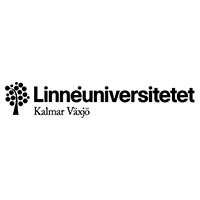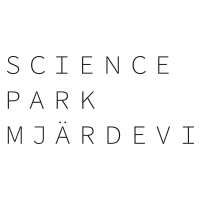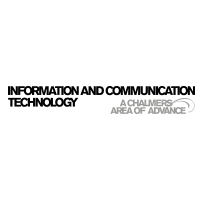Swedsoft welcomes you to Software Technology Exchange Workshop (STEW) at KTH Royal Institute of Technology in Stockholm.
The purpose of STEW is to encourage and promote cooperation between industry and academia, cooperation within industry, and cooperation with the public sector, to visualize research results and stimulate new cooperations in the area of software technology.
This year’s conference has a broad program of presentations from both industry and academia. In this years progam you can find subjects such as
- Agile organisations
- Self-adaptive systems
- Software reuse
- AI
- Smart society
- Waste reduction
- Software testing and optimization
- Software product quality
- Automated testing
- Machine learning
- Empowered organizations
- A/B testing
- Data-driven development
- Systems of systems
- Autonomous electrified digitalized vehicles
All these subjects are presented by experts and researchers within these areas, a great opportunity to get a view of the latest within several interesting subjects. STEW also offers a great opportunity to meet people from different industries and academia.
Full program is available below.
Registration is now open, register here – latest Oct 4th, but preferably today.
Practical information
When: October 18-19 2017
Where: KTH Royal Institute of Technology, House D, Room E1, Lindstedtsvägen 3
Cost of attending:
- Swedsoft members: 3000 SEK (excl 25% VAT)
- Non-members: 5000 SEK (excl 25% VAT)
Register here – latest Oct 4th.
Sponsors



Workshop Organizers
Rikard Andersson [Swedsoft/ Ericsson AB], Gabriel Modéus [Swedsoft], Kristian Sandahl [LIU], Nicolas Martin-Vivaldi [Addalot], Mehrdad Saadatmand [SICS], Jonas Wisbrant [LTH, LU], Fredrick Rybarczyk [Stickybit], Karl Meinke [KTH], Teresia Holmqvist [Swedsoft]

